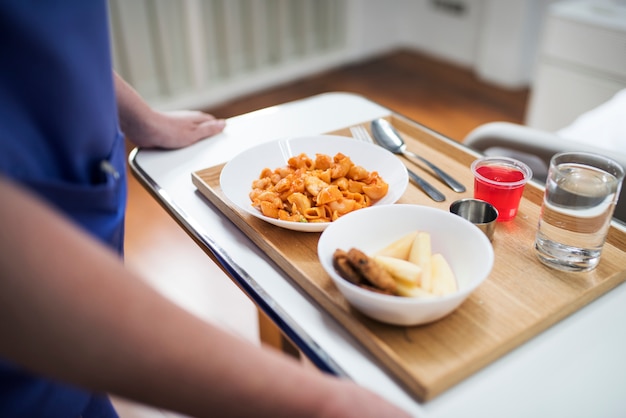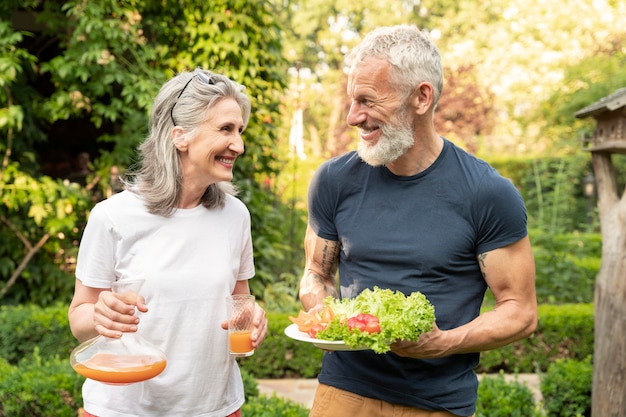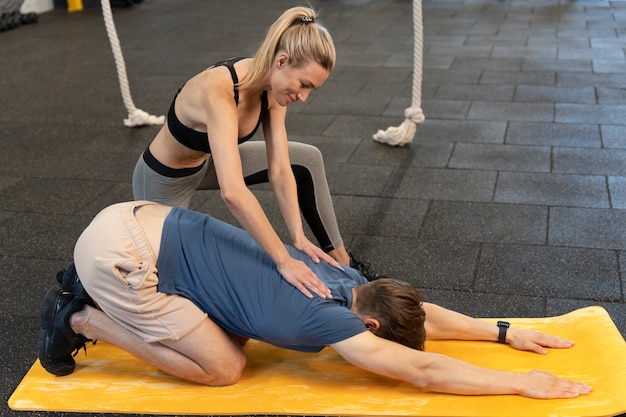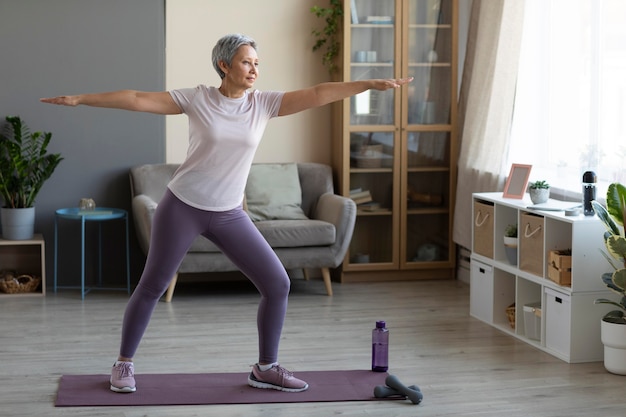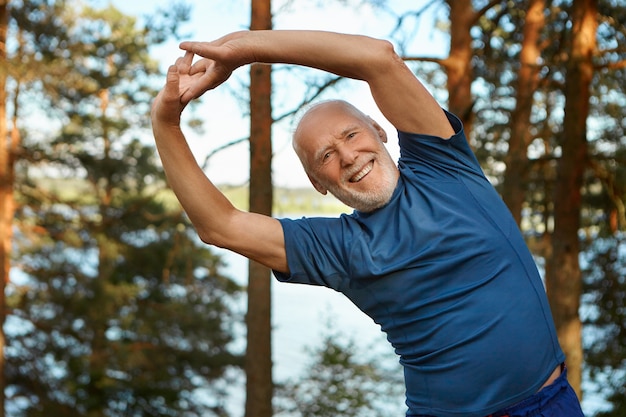25 Holistic Senior Fitness Tips for Managing Diabetes: Boost Energy, Strength, and Health Safely
Staying active is essential for seniors, especially those managing type 2 diabetes. Regular physical activity helps regulate blood sugar, improves insulin sensitivity, and supports heart health, balance, and mental well-being. This comprehensive guide offers 25 holistic fitness tips tailored for older adults with diabetes, including weekly goals and safety reminders to ensure a safe, effective routine.
Why Fitness Matters for Seniors with Diabetes
As we age, muscle mass declines, metabolism slows, and insulin resistance can increase. For seniors with diabetes, this makes consistent, mindful exercise even more crucial. Exercise helps the body use insulin more efficiently, lowers A1C levels, and reduces the risk of complications like neuropathy, heart disease, and falls.
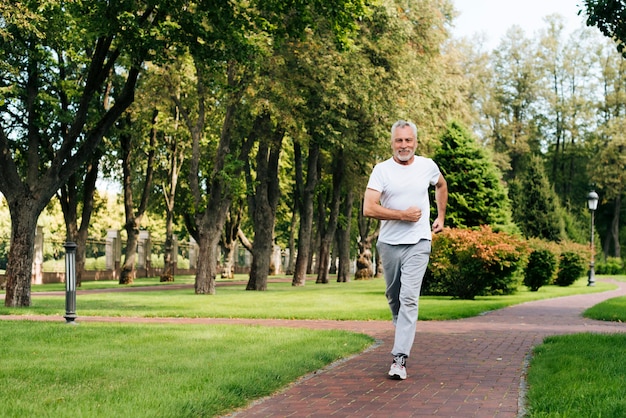
25 Holistic Senior Fitness Tips
- Start with a Medical Check-Up: Before beginning any new fitness routine, consult your healthcare provider to ensure your plan is safe based on your current health status.
- Monitor Blood Sugar Levels: Check your glucose before and after exercise, especially if using insulin or medications that can cause hypoglycemia.
- Choose Low-Impact Activities: Walking, swimming, cycling, and chair yoga reduce joint stress while improving circulation and strength.
- Walk Daily: Aim for at least 30 minutes of brisk walking most days. Break it into 10-minute sessions if needed.
- Strength Train Twice Weekly: Use light weights, resistance bands, or bodyweight exercises to maintain muscle mass and support glucose control.
- Practice Balance Exercises: Include heel-to-toe walks, standing on one foot, or tai chi to reduce fall risk.
- Incorporate Flexibility Work: Stretch major muscle groups daily to maintain range of motion and reduce stiffness.
- Stay Hydrated: Dehydration can affect blood sugar levels. Drink water before, during, and after activity.
- Wear Proper Footwear: Diabetic neuropathy increases foot injury risk. Always wear supportive, well-fitting shoes.
- Inspect Your Feet Daily: Check for blisters, cuts, or swelling, especially after exercise.
- Exercise After Meals: Light activity 30 minutes after eating helps lower post-meal glucose spikes.
- Carry Fast-Acting Carbs: Keep glucose tablets, juice, or hard candy nearby in case of low blood sugar.
- Warm Up and Cool Down: Spend 5–10 minutes gently preparing and recovering your body to prevent injury.
- Listen to Your Body: Stop if you feel dizzy, short of breath, or experience chest pain.
- Use a Pedometer or Fitness Tracker: Track steps and progress toward daily goals like 5,000–7,000 steps.
- Join a Senior Fitness Class: Group programs offer motivation, social connection, and expert guidance.
- Focus on Posture: Practice mindful alignment during daily movements to reduce strain and improve breathing.
- Practice Deep Breathing: Incorporate diaphragmatic breathing to reduce stress and support heart rate control.
- Stay Consistent: Regularity matters more than intensity. Aim for movement every day, even if brief.
- Include Mind-Body Practices: Yoga and tai chi improve flexibility, balance, and mental clarity.
- Set Realistic Weekly Goals: For example: walk 5 days, strength train 2 days, stretch daily.
- Track Progress: Keep a journal of activity, blood sugar trends, and how you feel.
- Rest and Recover: Allow time for rest between workouts to support healing and energy restoration.
- Eat Balanced Snacks: Pair protein with complex carbs before or after exercise to stabilize glucose.
- Limit Sedentary Time: Avoid sitting for more than 90 minutes. Stand, stretch, or walk briefly every hour.
- Stay Positive and Patient: Progress takes time. Celebrate small wins and focus on long-term health.
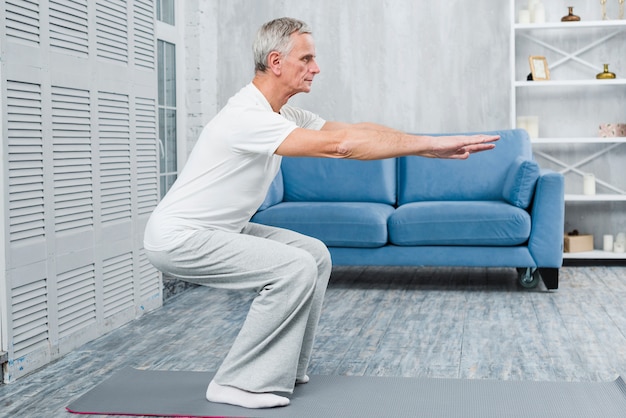
Weekly Fitness Targets for Seniors with Diabetes
- Cardio: 150 minutes of moderate activity (e.g., walking) across 5 days
- Strength Training: 2 non-consecutive days targeting all major muscle groups
- Balance: 3–4 sessions per week (e.g., tai chi or simple standing exercises)
- Flexibility: Daily stretching or yoga for 10–15 minutes
Safety Reminders
- Always carry medical ID indicating you have diabetes.
- Avoid exercising if fasting glucose is above 300 mg/dL or below 100 mg/dL.
- Stop immediately if you experience chest pain, confusion, or severe shortness of breath.
- Exercise with a partner or in a public space when possible.
- Keep your phone nearby during workouts for emergencies.
By integrating these holistic fitness tips into daily life, seniors with diabetes can improve glucose control, enhance mobility, and enjoy a higher quality of life. Always prioritize safety, consistency, and enjoyment to build a sustainable routine.







